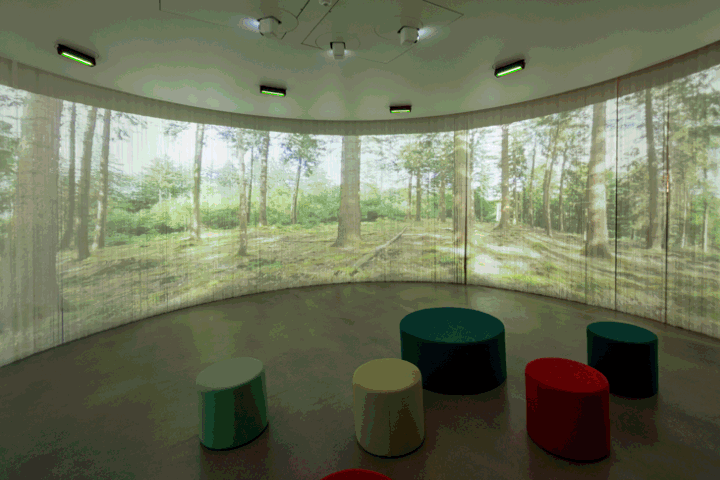Grenzüberschreitungen
Lippisches Landesmuseum Detmold, Landesausstellung NRW
Leistungen: Gestalterische Konzeption, Ausstellungsarchitektur, Szenografie, Medienkonzept, Informationsdesign. Realisierung.
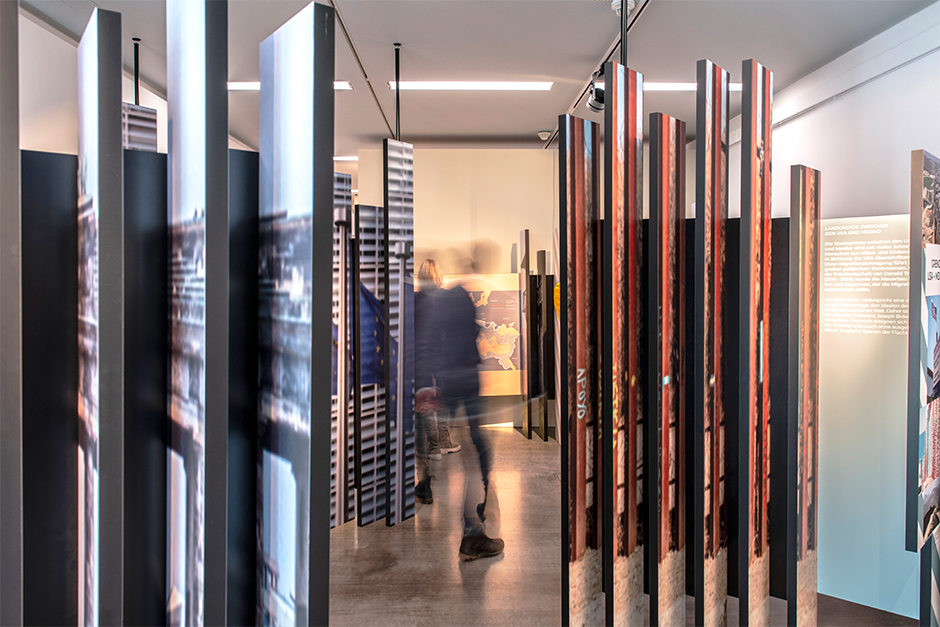
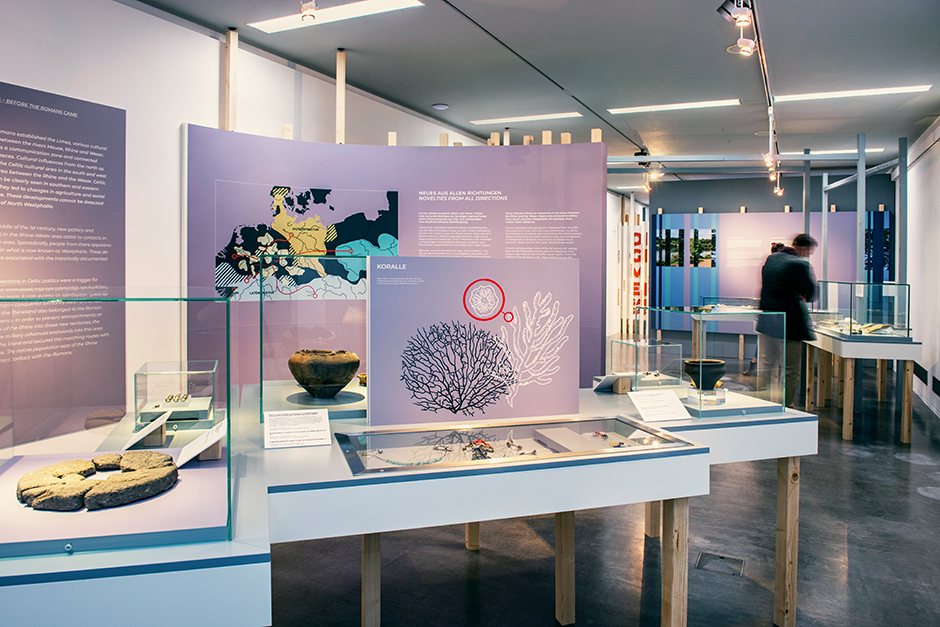
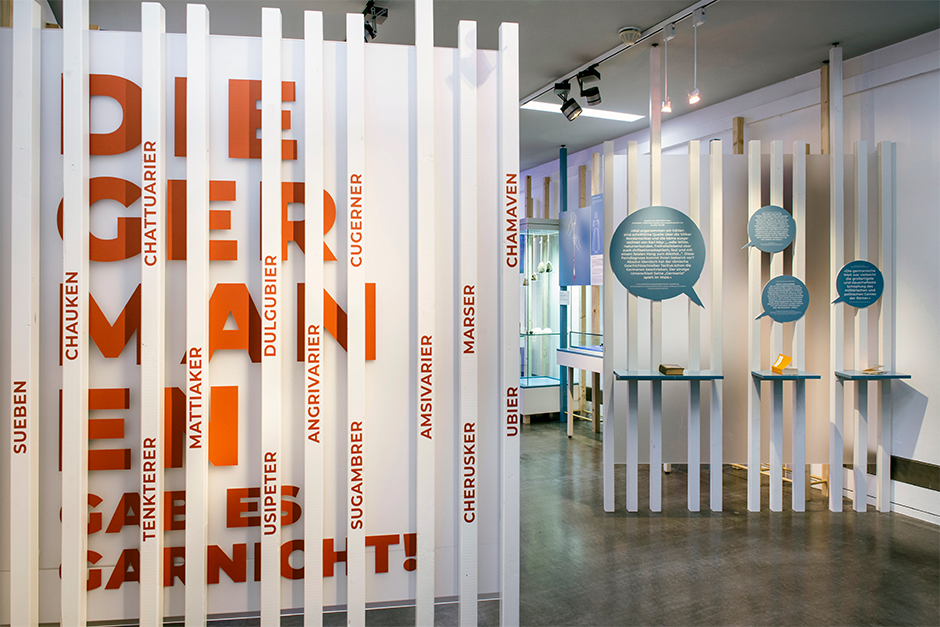
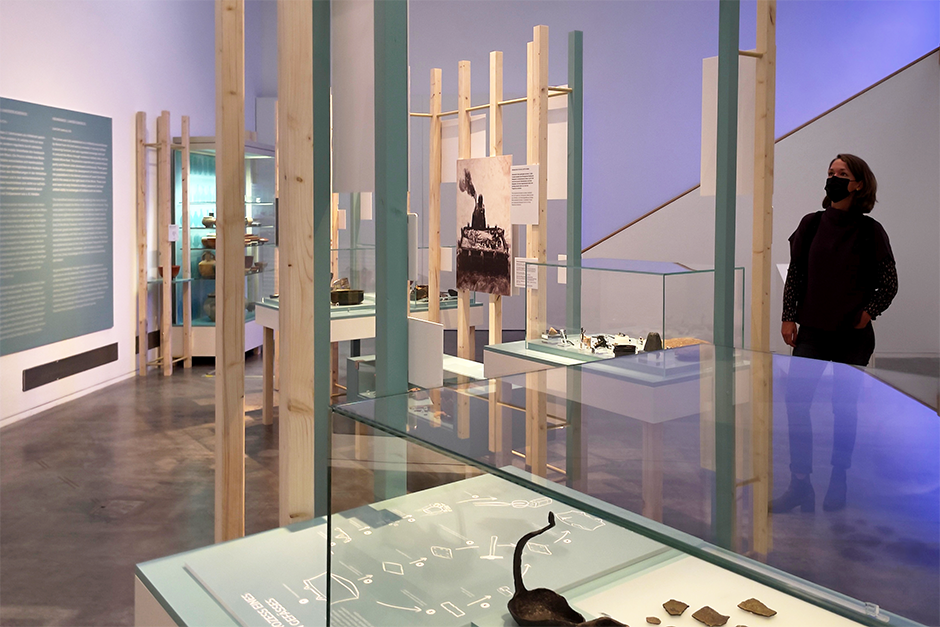
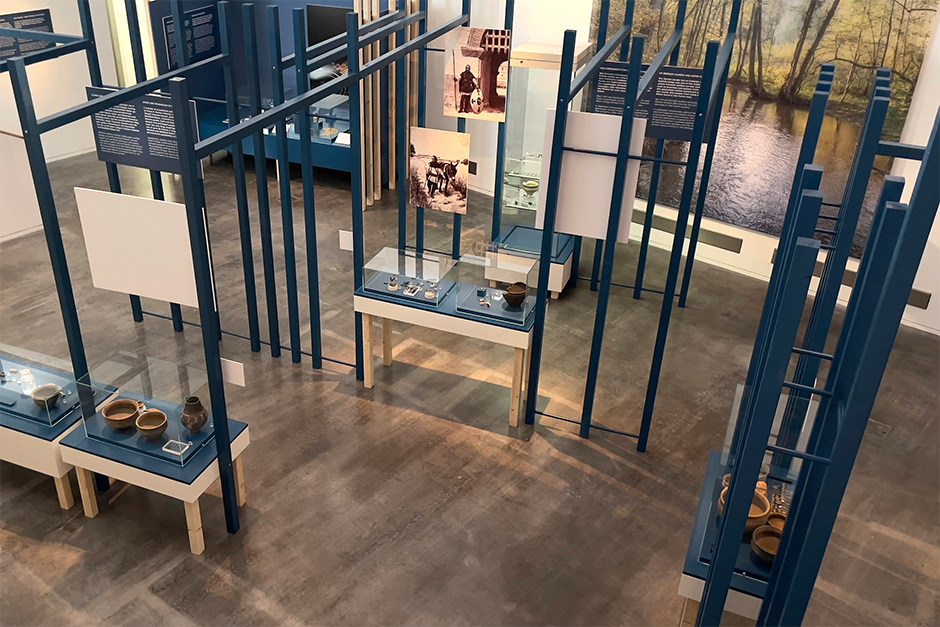



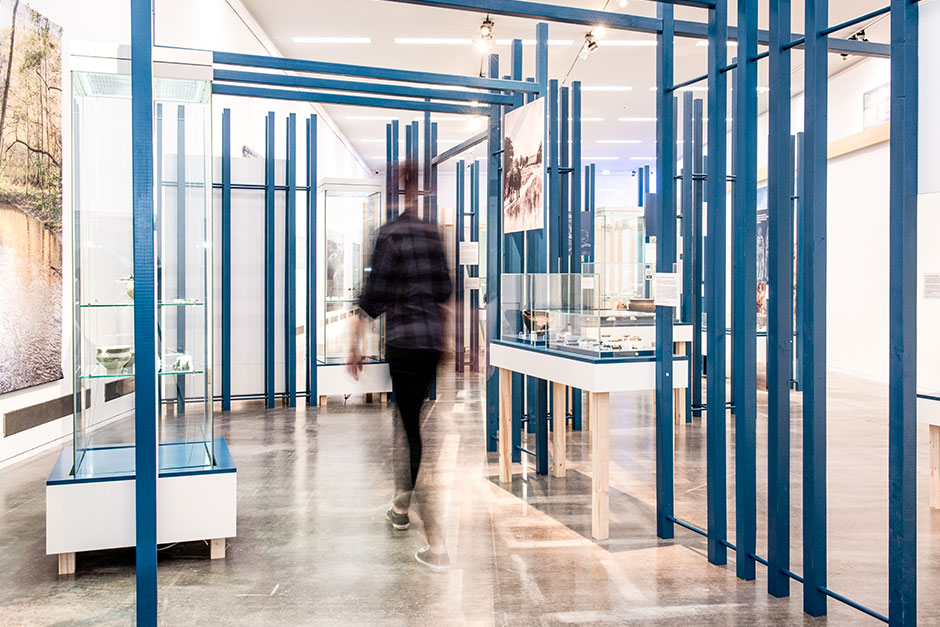
Über 400 Jahre lang bildete der Niedergermanische Limes die Grenze zwischen der römischen Provinz Niedergermanien und dem germanischen Siedlungsgebiet. Doch wie entstand diese rund 400 km lange Flussgrenze entlang des Rheins und wie veränderte sie sich? War er eine Grenze im heutigen Sinne, trennte oder verband er? Wie lebten die Menschen am Limes und diesseits und jenseits der Grenze? Gab es Austausch und Beeinflussung oder lebte man links des Rheins nur römisch und rechts des Rheins nur germanisch? Gab es ein friedliches Miteinander oder eher ein Gegeneinander? Im Mittelpunkt der Ausstellung stehen die damaligen Bewohner, die oft noch mit der römischen Verallgemeinerung „Germanen“ bezeichnet wurden. Ihre Perspektive auf das Leben mit dem Limes und den Römern ist Ausgangspunkt der Betrachtung. Über 400 Exponate veranschaulichen die Lebensumstände und -erfahrungen – an verschiedenen Stationen wird der Bogen zu anderen Grenzen in der Geschichte geschlagen, u.a. zur deutsch-deutschen Grenze von 1948 bis 1989.
For more than 400 years, the Lower Germanic Limes formed the border between the Roman province of Lower Germania and the Germanic settlement area. But how did this 400-kilometre-long river frontier along the Rhine come into being and how did it change over time? Was it a border in the modern sense, did it divide or unite? How did people live along the Limes and on both sides? Were there exchanges and influences, or did people on the left side of the Rhine live exclusively Roman and on the right side exclusively Germanic? Was there peaceful coexistence or rather conflict? The focus of the exhibition is on the inhabitants of the time, who were often referred to as „Germans“ in the Roman generalisation. Their perspective on life at the Limes and with the Romans is the point of departure. More than 400 exhibits illustrate the living conditions and experiences of the inhabitants, and various stations link the exhibition to other borders in history, including the German-German border from 1948 to 1989.
